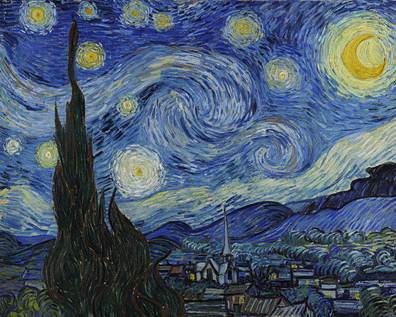But the Backstory Is More Important
Today, January 7, 1610, Galileo noticed three lights in the darkness around Jupiter. At that moment, he figured that they were stars. However, during the following week, he continued to gaze at those three stars. By the 15th, Galileo realized that they were moons of Jupiter. Interestingly, he found the fourth moon while staring into the darkness of space.
Galileo essentially confirmed what Copernicus developed a century earlier his theory of the heliocentric universe. The Sun, not the Earth, is the center of the universe. At that time, our tiny solar system was the universe.
Galileo developed his heliocentric belief and wrote Siderius Nuncius (The Starry Messenger) in 1610. In 1616, the Catholic Church stated that the Earth was the center of the universe, and the heliocentric belief was heretical. Galileo wrote another book, Dialogue Concerning the Two Chief World Systems, in 1632. In the following year, the Catholic Church found him guilty of heresy. It took over three and a half centuries before the Catholic Church apologized for threatening Galileo with being burned at the stake and put him under house arrest for the rest of his life.

Galileo defended himself during the Inquisition.
Galileo’s four moons are the Galilean satellites: Io, Europa, Ganymede, and Callisto.

Since that time, astronomers have found seventy-nine moons orbiting Jupiter.
However, the James Webb Space Telescope (JWST) was launched on December 25, 2021. Since the launch, the first couple of weeks has been called weeks of terror since the launch. After the launch, the JWST had to execute the initial course correction, deploy the booms of the satellite, activate the high-gain antenna, unfurl the sun shield, etc. This picture compares the JWST with a tennis court.

JWST is the size of a tennis court.
The JWST will look like this on its long journey into deep space.

The JWST is huge in comparison with other observation satellites like Hubble.

JWST has eighteen hexagonal mirrors, which make up the telescope, and Hubble has one. There is another enormous difference. Hubble orbits around the Earth, whereas JWST will orbit the Sun.

Hubble is tied to the Earth, but JWST isn’t.
The fascinating thing about the Webb Telescope is that Galileo discovered four moons orbiting Jupiter while JWTS will be looking back upon the creation of the first stars.

The Herschel Space Observatory, HST, also orbited the Sun from 2009-2013, and it went back in time to the creation of the first galaxies. However, JWST will return to the first stars just after the Dark Age. It will see the stars via infrared pictures.
In six months, pictures will come back from billions of years ago…over thirteen billion years ago.
________________________________________________________________________________________
Follow @mountain_and_me








